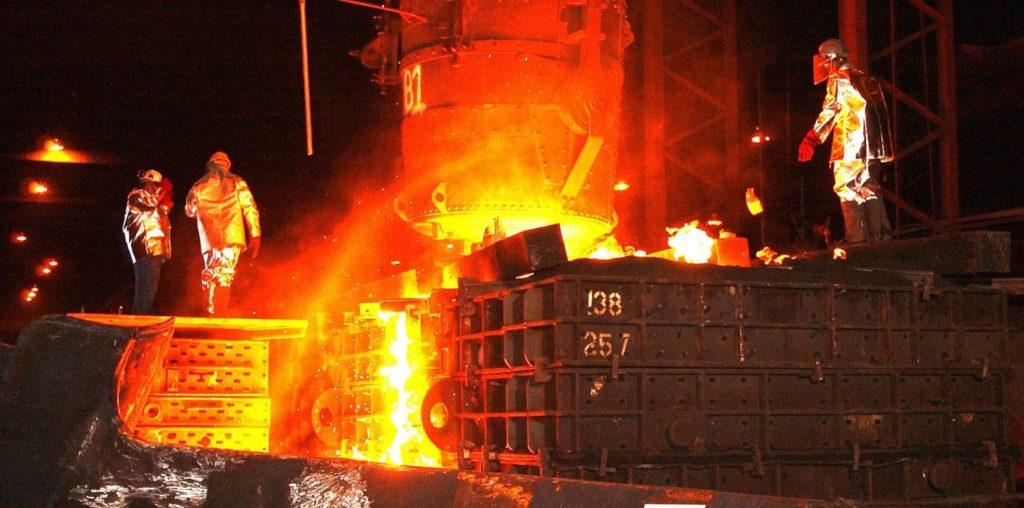Clean energy is vital – but still not enough
By Tim Radford
LONDON, 13 July, 2018 – The journey to a world of clean energy without fossil fuels – essential if humankind is to contain global warming to no more than 1.5°C by 2100 – won’t be easy.
One new study outlines the problems for people who want to provide the cement for tomorrow’s cities, the steel for new structures, and the long-distance transport of heavy goods.
Freight shipping and air travel alone account for 6% of all carbon dioxide emissions that fuel global warming, and cement and steel industries release up to 1.7 bn tons of the greenhouse gas a year.
Electric cars may be on the road in increasing numbers, but trucks may have to carry heavy goods for 1,000 miles. For some deliveries, there is still no substitute for liquid fuel.
“It’s early days in negative emissions technology, and we need to keep an open mind about what options might emerge”
A second new study confirms that humans already have the knowhow to capture carbon dioxide as it is produced and combine it with hydrogen from water to make high quality liquid fuel. The technologies are still at the laboratory stage and the challenge is to get them to large-scale production at ever lower costs.
Both studies address the big picture. Researchers have repeatedly shown that – on paper – renewable sources could provide all the world’s electricity. But that wouldn’t stop all carbon emissions.
US scientists report in the journal Science that they looked at the “tough nuts” yet to be cracked; air travel, long-distance freight traffic by truck or ship, and the making of steel and cement.
They also looked at the range of new possibilities that have begun to emerge from the ingenuity on offer in the world’s laboratories – including even renewable airline fuel – but they want to see more creative thinking and greater steps towards sustainable building.
Shaping the future
“Taken together, these tough-nut sources account for a substantial fraction of global emissions. To effectively address them, we will need to develop new processes and systems. This will require both development of new technologies and co-ordination and integration across industries,” said Ken Caldeira of the Carnegie Institution.
And his co-author Steve Davis of the University of California Irvine said: “For better or for worse, the long-lived infrastructure built today will shape the future. We’re making good progress on things like the cost of solar panels and electric vehicles, but we need to start tackling the more difficult sectors as well.”
A second US team writes in Nature Climate Change to introduce what could be a new buzzword: electro-geochemistry. There is an argument – and wide-scale investment to back it – that biofuels, based on ethanol converted from crops or plantations, or just burned in power stations, could deliver reliable energy.
There is a second argument, yet to be tested at scale, that the carbon dioxide from biofuel exhausts could be captured and buried, to keep it from entering the atmosphere.
New fuel possibility
There is another way, argues Greg Rau, from the University of California Santa Cruz, and colleagues. Electrolysis of saline water could generate hydrogen and oxygen. Reactions between easy-to-obtain minerals could yield a solution that absorbs carbon dioxide from the atmosphere and turns it into a carbonate that could stay in the seas and reduce ocean acidification.
Hydrogen is already a vehicle fuel. From the materials in hand, chemists could make other fuels. And at the end of the process, there could be less carbon dioxide in the atmosphere. The dream of negative emissions becomes more plausible.
And, the researchers reason, these electro-geochemical methods could, on average, deliver 50 times more energy generation and carbon removal than the uncertain and land-consuming approach involving biofuels and carbon capture. But such approaches are still in their infancy.
“It’s early days in negative emissions technology, and we need to keep an open mind about what options might emerge,” Dr Rau said. “We also need policies that will foster the emergence of these technologies.” – Climate News Network




